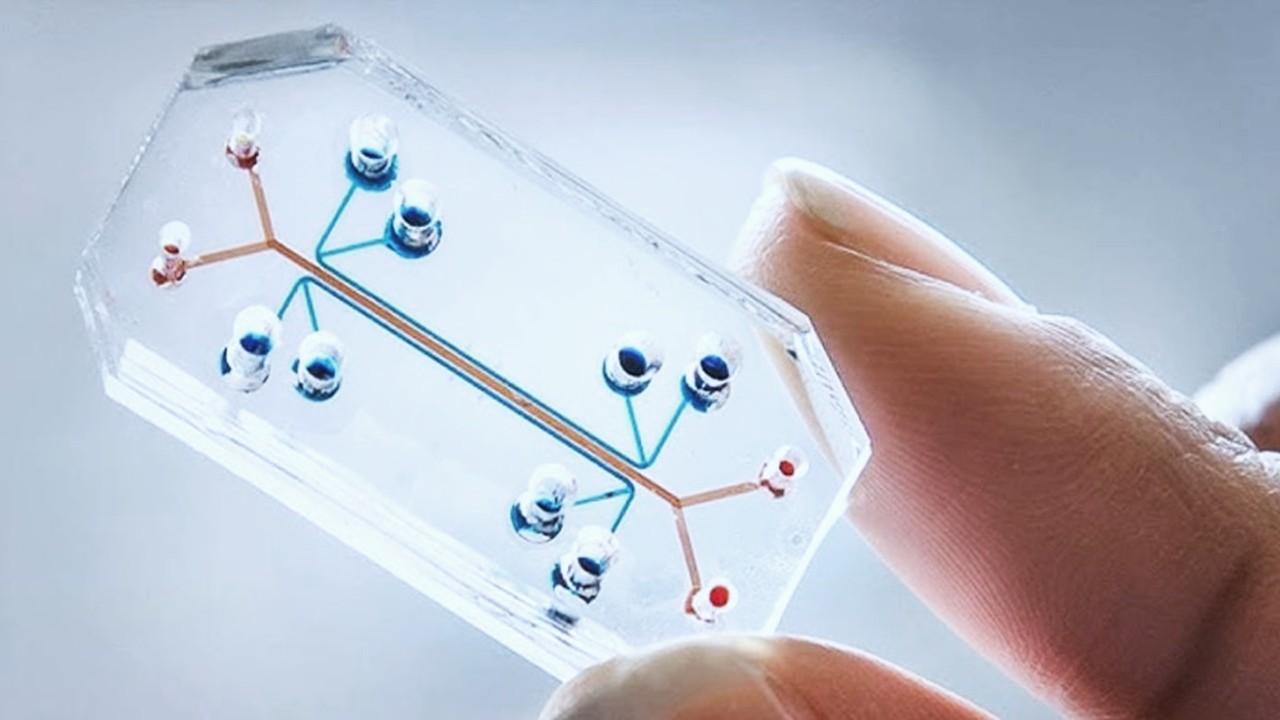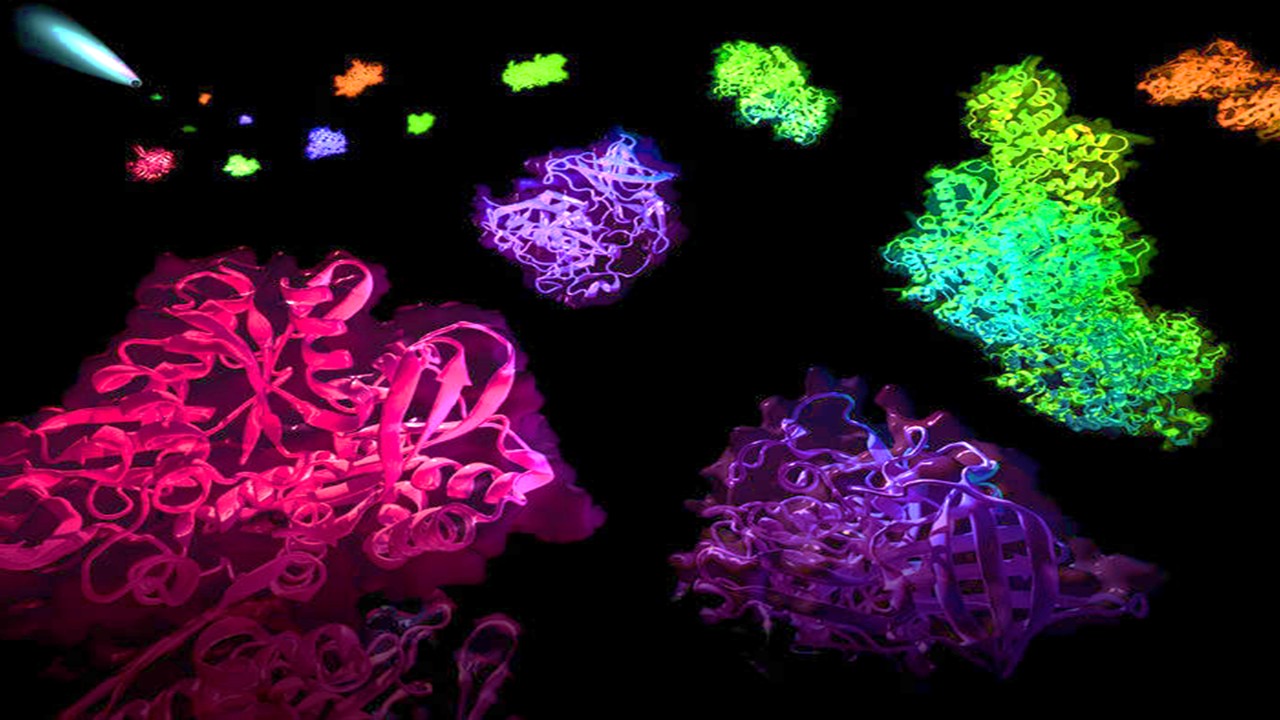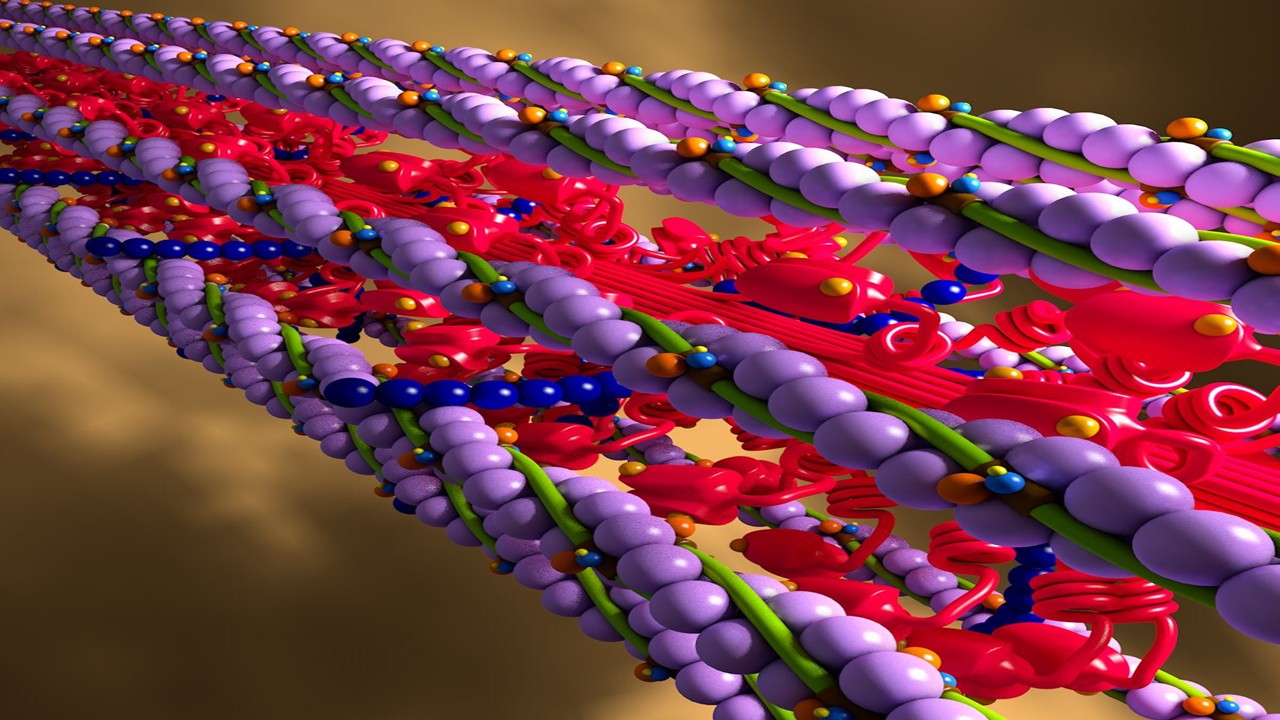Drug discovery has undergone a profound transformation over the past few decades. From the conventional methods of serendipitous discovery to modern, highly sophisticated lead discovery strategies, the journey has become one of intense precision and foresight. The advent of computational tools and the growing understanding of biology at molecular and cellular levels have fundamentally shifted the landscape. Today, drug discovery relies on both empirical science and cutting-edge technology, seamlessly merging biology, chemistry, and pharmacology.
At its core, drug discovery encompasses multiple stages, each critically designed to ensure a candidate molecule possesses the desired efficacy, safety, and developability. From the initial identification of a “hit” to the post-market surveillance of an approved therapy, each phase in drug discovery is a testament to the interplay between scientific rigor and clinical relevance.
This article delves into the intricacies of modern drug discovery, particularly the shift from traditional small molecule-based drug development to biologics and the sophisticated processes that ensure these molecules meet the rigorous demands of human therapy.
Hit-to-Lead Identification: Laying the Foundation for Discovery
The initial stages of drug discovery, traditionally known as “hit-to-lead,” are focused on identifying compounds with potential biological activity against a specific target. Historically, this phase relied heavily on high-throughput screening of chemical libraries to identify molecules with promising activity. However, the landscape today is more nuanced and precise.
In small molecule drug discovery, in silico tools serve as the first line of investigation. Computational models filter vast compound libraries by applying physicochemical filters that assess the “druggability” of a molecule. These filters evaluate properties such as solubility, molecular weight, and lipophilicity, all of which influence a molecule’s ability to interact with biological targets and, ultimately, its potential as a drug.
Beyond these in silico screens, in vitro assays play an essential role in assessing the pharmacokinetics (PK) and pharmacodynamics (PD) properties of a compound. High-throughput screening platforms allow for rapid analysis of absorption, distribution, metabolism, and excretion (ADME) characteristics, identifying any potential issues that may limit a compound’s viability. This comprehensive approach not only accelerates the early stages of discovery but also reduces the attrition rate, ensuring that only the most promising compounds move forward.
For biologics, the process diverges. The identification of a lead biologic candidate begins with the generation of reagents, such as antibodies or antigens, that specifically target a disease-related molecule. These reagents undergo ligand binding assays (LBAs) to determine their affinity and specificity for the target. Unlike small molecules, biologics must navigate a more complex landscape of molecular interactions, including solubility and post-transcriptional modifications, which can affect their stability and function.
Lead Optimization: Refining Potential into Potency
Once a lead compound has been identified, the focus shifts to lead optimization, a stage where the initial hits are refined and honed to maximize their therapeutic potential. This process involves a thorough evaluation of the lead compound’s pharmacokinetic and pharmacodynamic properties, ensuring that it not only interacts effectively with the target but also has favorable ADME profiles and minimal toxicity.
For small molecules, this stage is critical for addressing off-target hits, which occur when a compound interacts with unintended biological targets, potentially leading to undesirable side effects. In vitro and in vivo assays are employed to better understand the metabolic stability and clearance rates of the compound. Further, the identification of potential liabilities in drug metabolism—such as the formation of toxic metabolites—guides the medicinal chemistry strategies aimed at modifying the chemical structure to improve safety and efficacy.
In the case of biologics, lead optimization focuses on validating ligand-receptor binding and evaluating cross-reactivity with other biological targets. This phase may involve modifications to the protein structure, such as Fc engineering in monoclonal antibodies, to enhance efficacy, extend half-life, and reduce immunogenicity. Moreover, biologics require a deeper investigation into formulation optimization, ensuring that the molecule can be delivered effectively and remains stable throughout its shelf life.
Candidate Selection: Choosing the Future of Therapeutics
As the optimization process nears completion, the candidate selection phase emerges as a pivotal moment in drug discovery. This stage serves to narrow down the list of optimized leads to a single candidate that will advance into preclinical development. A rigorous set of criteria is applied, focusing on factors such as PK/PD profiles, efficacy in animal models, and human-like metabolism.
For small molecules, in vitro metabolism studies provide critical insights into how the compound is likely to behave in humans. Cross-species pharmacokinetic studies help bridge the gap between animal models and anticipated human outcomes, laying the groundwork for human dosing regimens. This stage also involves assessing drug-drug interactions (DDI), which could influence a compound’s efficacy or safety in clinical use.
Biologics, on the other hand, undergo extensive biochemical and biophysical characterization during candidate selection. The efficacy of biologics is highly dependent on their ability to bind to target molecules with precision, making in vivo efficacy studies crucial. Biomarker development further enhances the understanding of the biological response, providing insight into how the biologic will behave in human systems.
Preclinical Development: Testing Safety Before Trials
With a lead candidate selected, the drug discovery process transitions into preclinical development, where the emphasis shifts to safety and toxicology. At this stage, the goal is to thoroughly investigate the toxicological profile of the compound in animal models, ensuring that it poses minimal risk to humans in clinical trials.
For small molecules, preclinical development involves repeat-dose toxicology studies in two species, usually one rodent and one non-rodent. These studies, along with toxicokinetic analyses, establish the safety margins of the compound. Furthermore, radio-labeled ADME studies are conducted to determine the compound’s absorption, metabolism, and excretion pathways, providing a comprehensive understanding of how the drug is processed in the body.
In biologics, preclinical development focuses heavily on immunogenicity and tissue distribution. Given that biologics are often proteins or peptides, the risk of triggering an immune response must be evaluated. Toxicokinetic studies, paired with tissue distribution data, help predict how the biologic will behave in human systems and whether any potential safety concerns may arise during clinical use.
Clinical Development: Transitioning from Preclinical to Clinical Reality
The leap from preclinical to clinical development marks a defining moment in the drug discovery journey. Phase 1 clinical trials serve as the first opportunity to test the compound in human subjects. For small molecules, this phase focuses on human pharmacokinetics, determining the appropriate dosing regimen and assessing drug-drug interaction liabilities. Food effect studies provide additional data on how dietary habits may influence the compound’s bioavailability.
Phase 2 trials extend this investigation to proof-of-concept (POC) studies, where efficacy is evaluated alongside PK/PD parameters. These trials often involve patients with specific disease states, providing early insights into the therapeutic potential of the compound. Radio-labeled ADME studies in humans, along with assessments of gene polymorphisms and PK in populations with liver or renal impairments, ensure that the drug is safe and effective across diverse patient groups.
Biologics follow a similar path, with Phase 1 trials focusing on human PK and tolerability. Phase 2 shifts to proof-of-concept and safety studies, with a heightened emphasis on immunogenicity. The population PK/PD assessments continue into Phase 3, where large-scale trials aim to solidify the therapeutic benefit of the biologic across a wider population.
Navigating the Complex Path to Market
The process of drug discovery is an intricate and highly disciplined journey that reflects the complexity of modern science. From the initial identification of a promising hit to the post-market surveillance of an approved therapy, the pathway from concept to patient is fraught with challenges. However, the integration of computational tools, advanced screening methodologies, and a deeper understanding of biology has allowed for a more streamlined and efficient drug discovery process.
The transition from traditional small molecule drugs to biologics underscores the growing sophistication of the field. Biologics, with their complexity and specificity, present new challenges but also hold immense promise for tackling diseases that were once thought to be untreatable.
In the end, drug discovery is a testament to the power of human ingenuity and the relentless pursuit of therapies that improve lives. The future holds even greater promise as new technologies and methodologies continue to refine and redefine the boundaries of what is possible in modern medicine.
Engr. Dex Marco Tiu Guibelondo, B.Sc. Pharm, R.Ph., B.Sc. CpE
Editor-in-Chief, PharmaFEATURES

Subscribe
to get our
LATEST NEWS
Related Posts

Medicinal Chemistry & Pharmacology
Invisible Couriers: How Lab-on-Chip Technologies Are Rewriting the Future of Disease Diagnosis
The shift from benchtop Western blots to on-chip, real-time protein detection represents more than just technical progress—it is a shift in epistemology.

Medicinal Chemistry & Pharmacology
Designing Better Sugar Stoppers: Engineering Selective α-Glucosidase Inhibitors via Fragment-Based Dynamic Chemistry
One of the most pressing challenges in anti-diabetic therapy is reducing the unpleasant and often debilitating gastrointestinal side effects that accompany α-amylase inhibition.

Medicinal Chemistry & Pharmacology
Into the Genomic Unknown: The Hunt for Drug Targets in the Human Proteome’s Blind Spots
The proteomic darkness is not empty. It is rich with uncharacterized function, latent therapeutic potential, and untapped biological narratives.

Medicinal Chemistry & Pharmacology
Aerogel Pharmaceutics Reimagined: How Chitosan-Based Aerogels and Hybrid Computational Models Are Reshaping Nasal Drug Delivery Systems
Simulating with precision and formulating with insight, the future of pharmacology becomes not just predictive but programmable, one cell at a time.
Read More Articles
Myosin’s Molecular Toggle: How Dimerization of the Globular Tail Domain Controls the Motor Function of Myo5a
Myo5a exists in either an inhibited, triangulated rest or an extended, motile activation, each conformation dictated by the interplay between the GTD and its surroundings.











